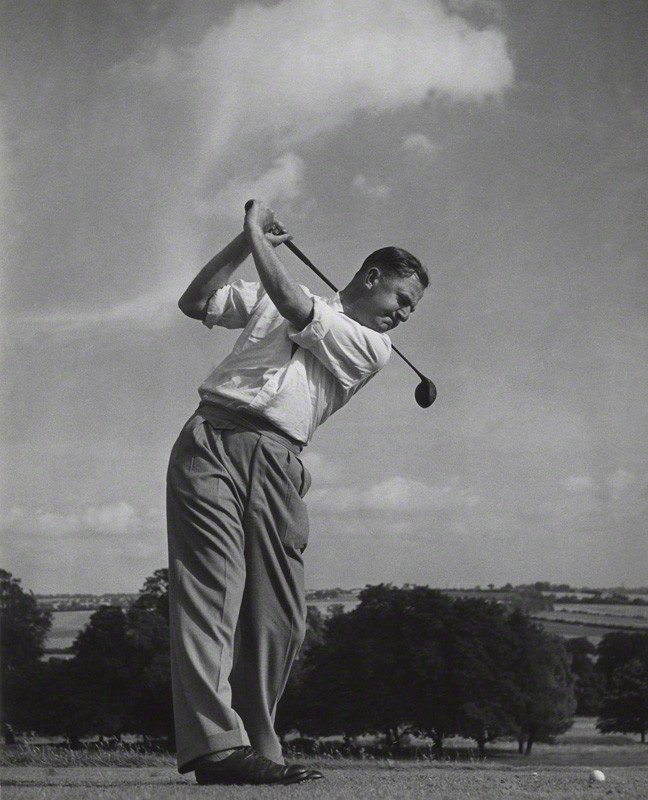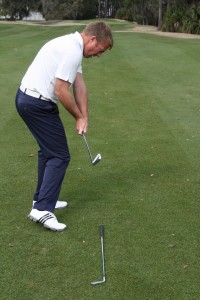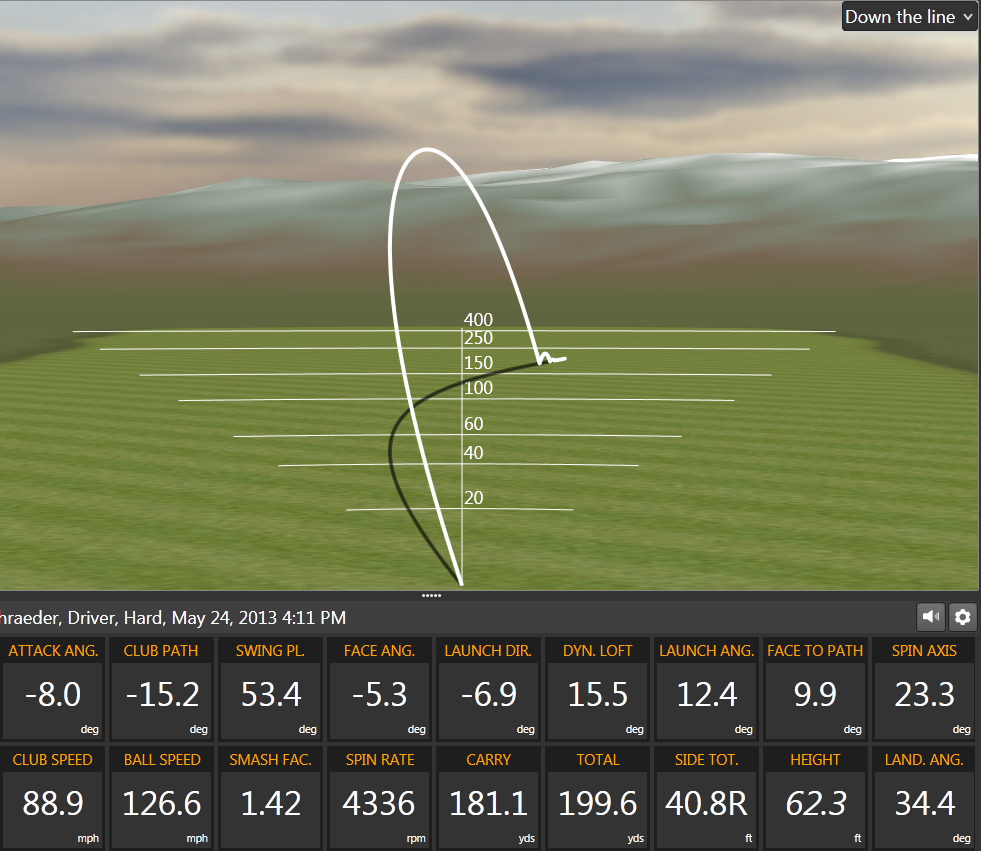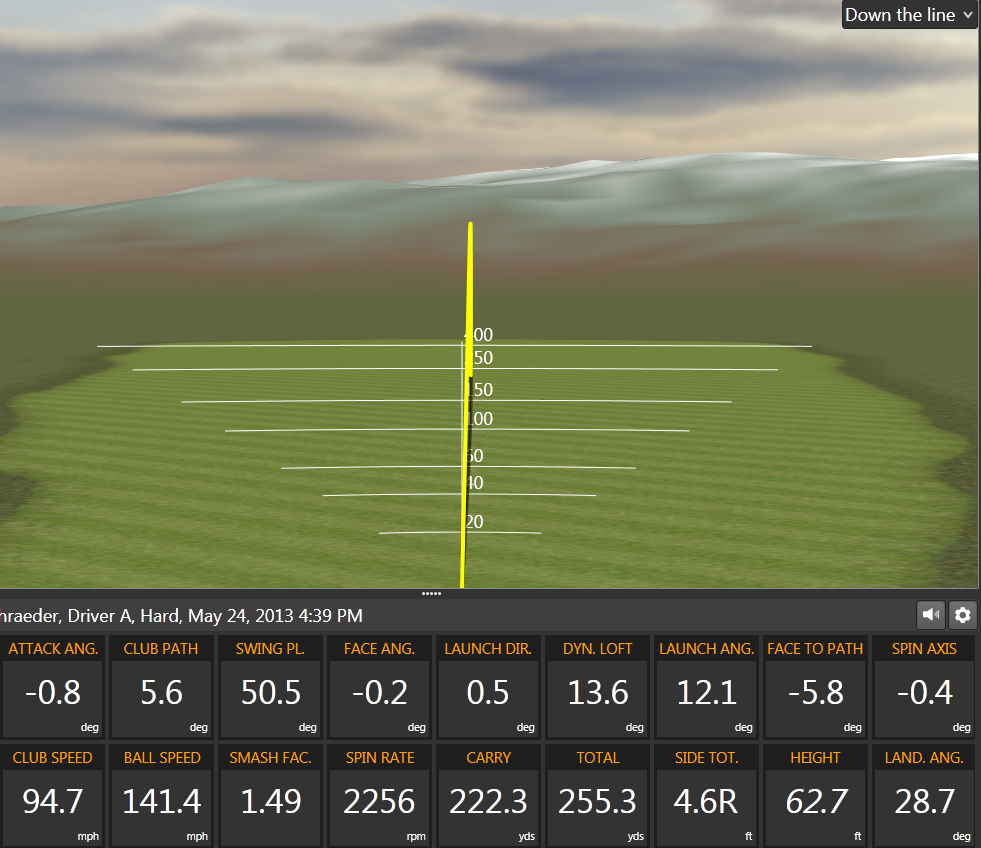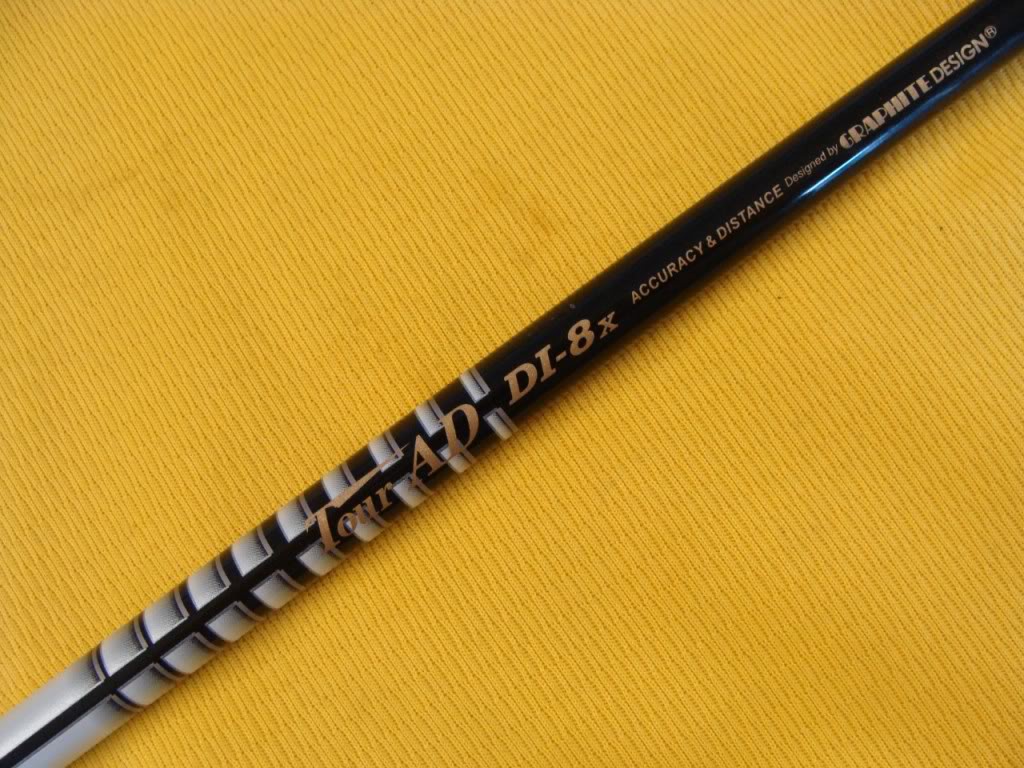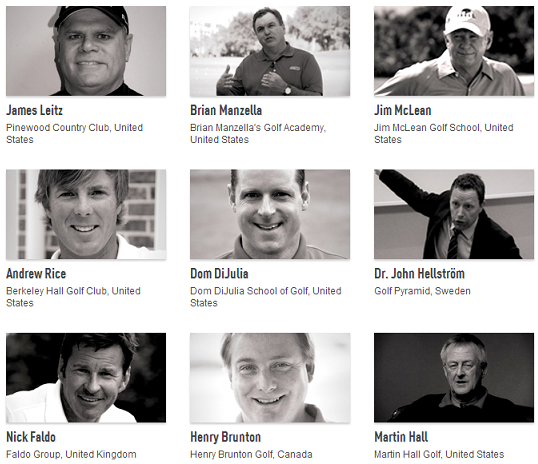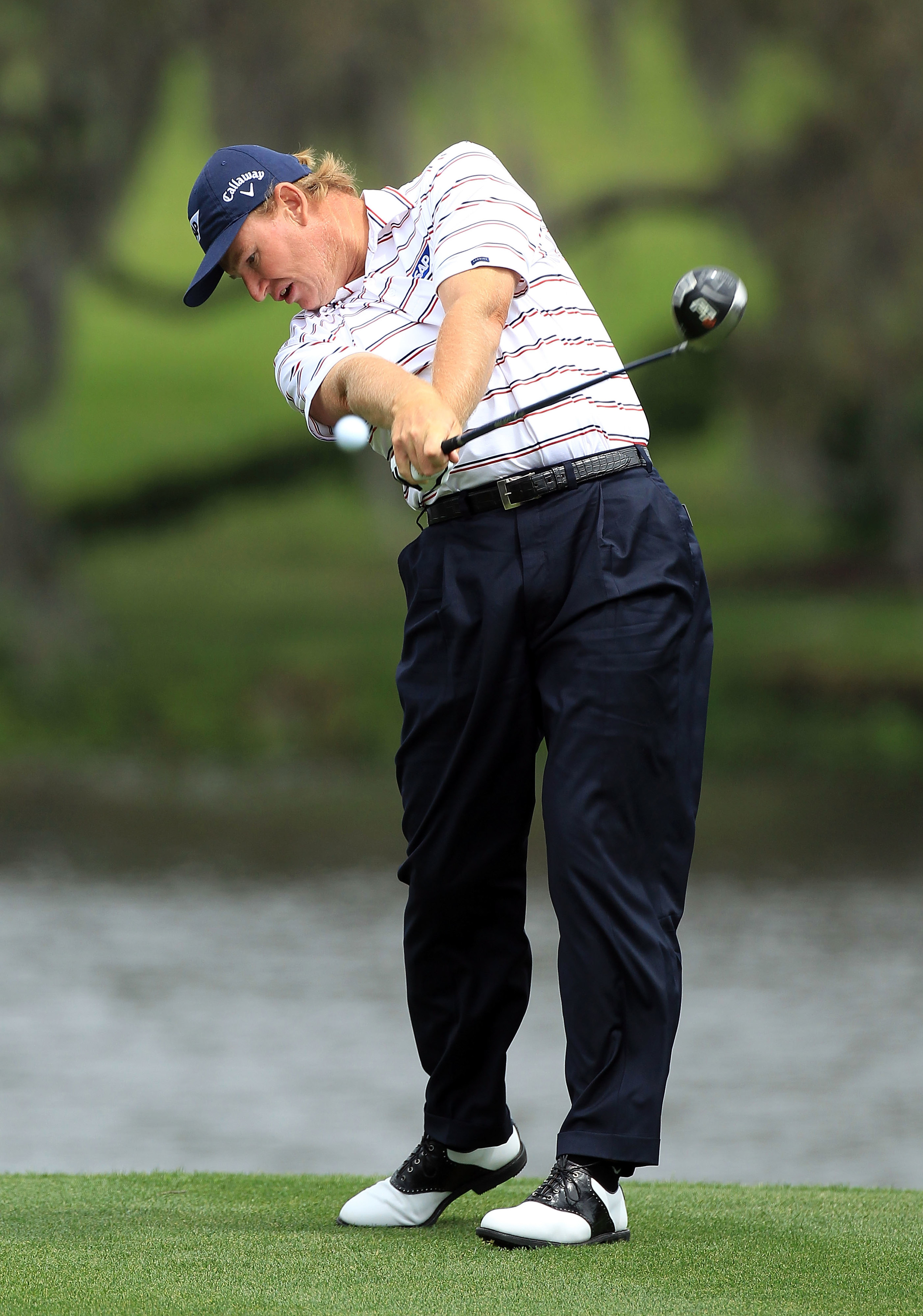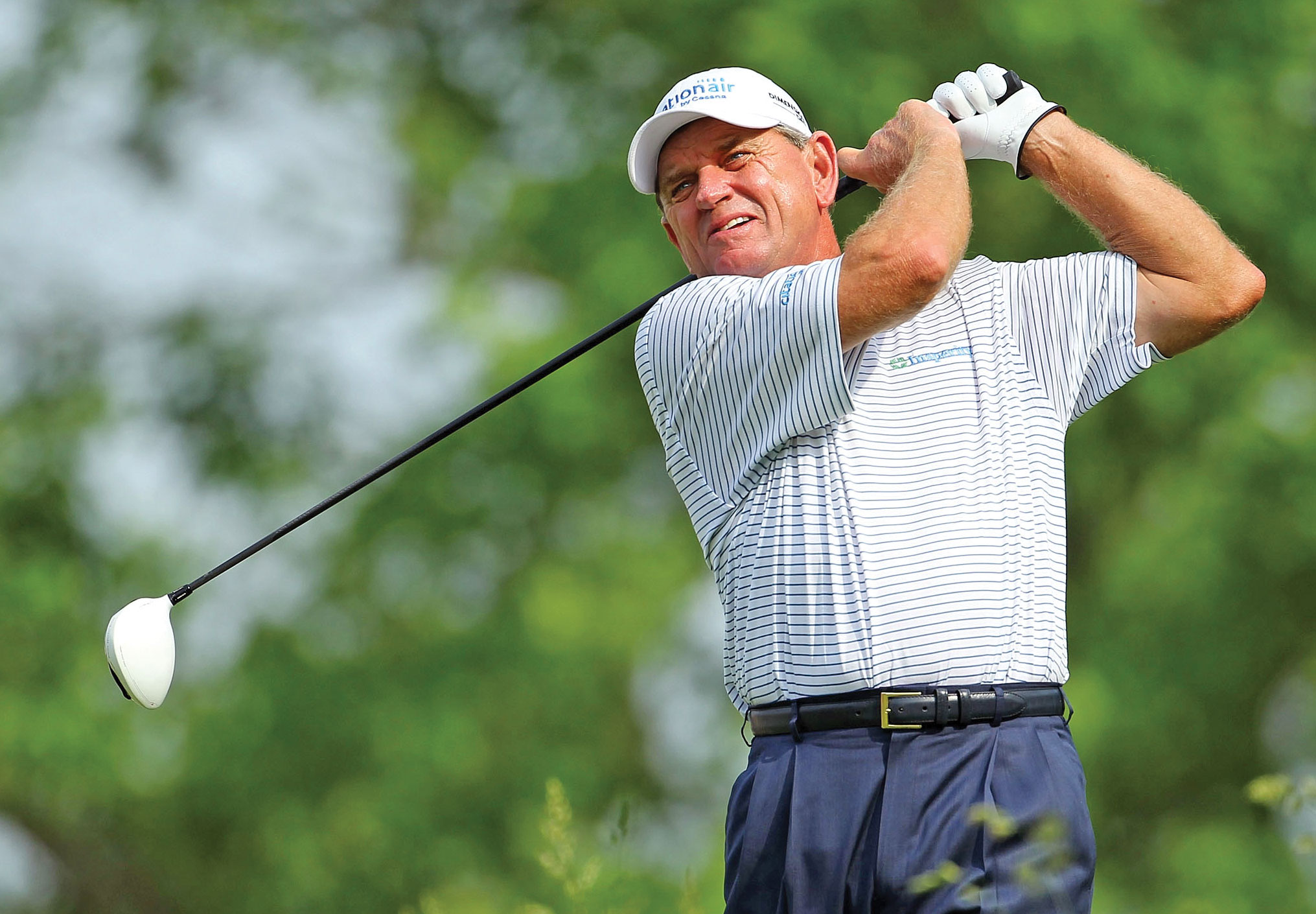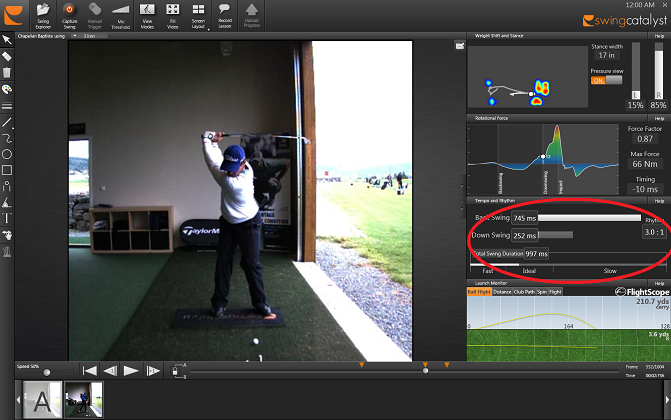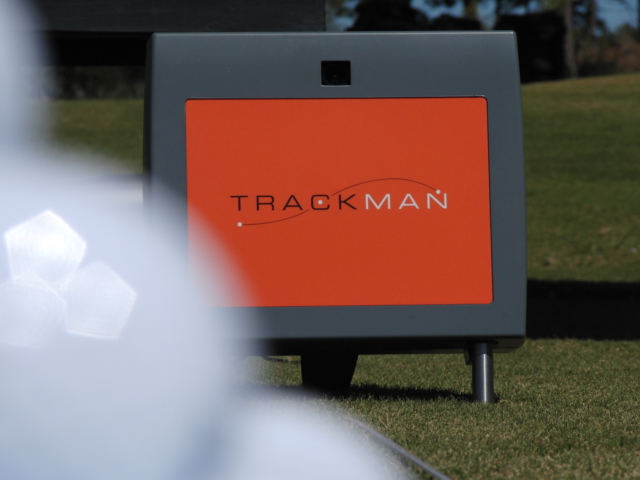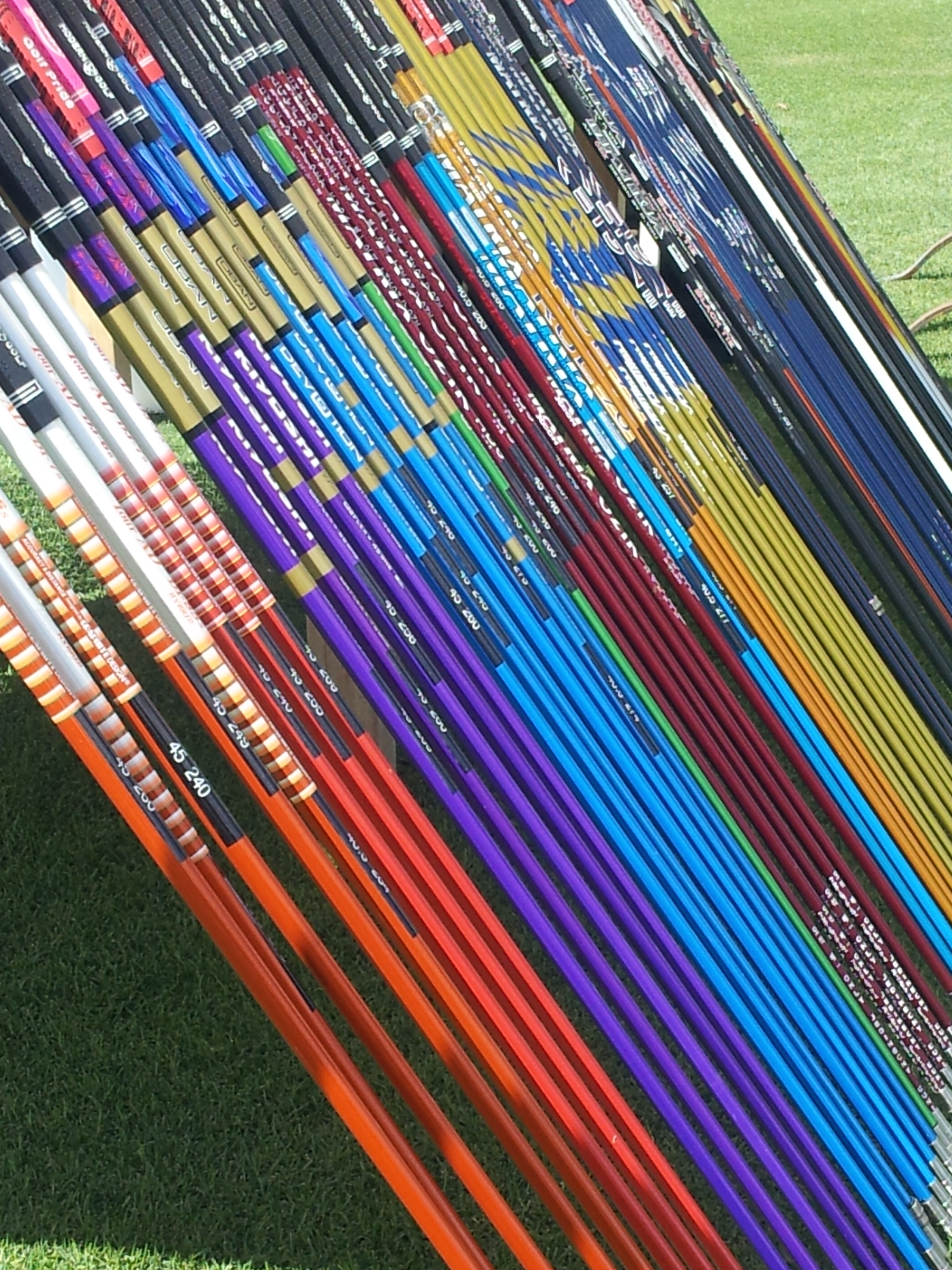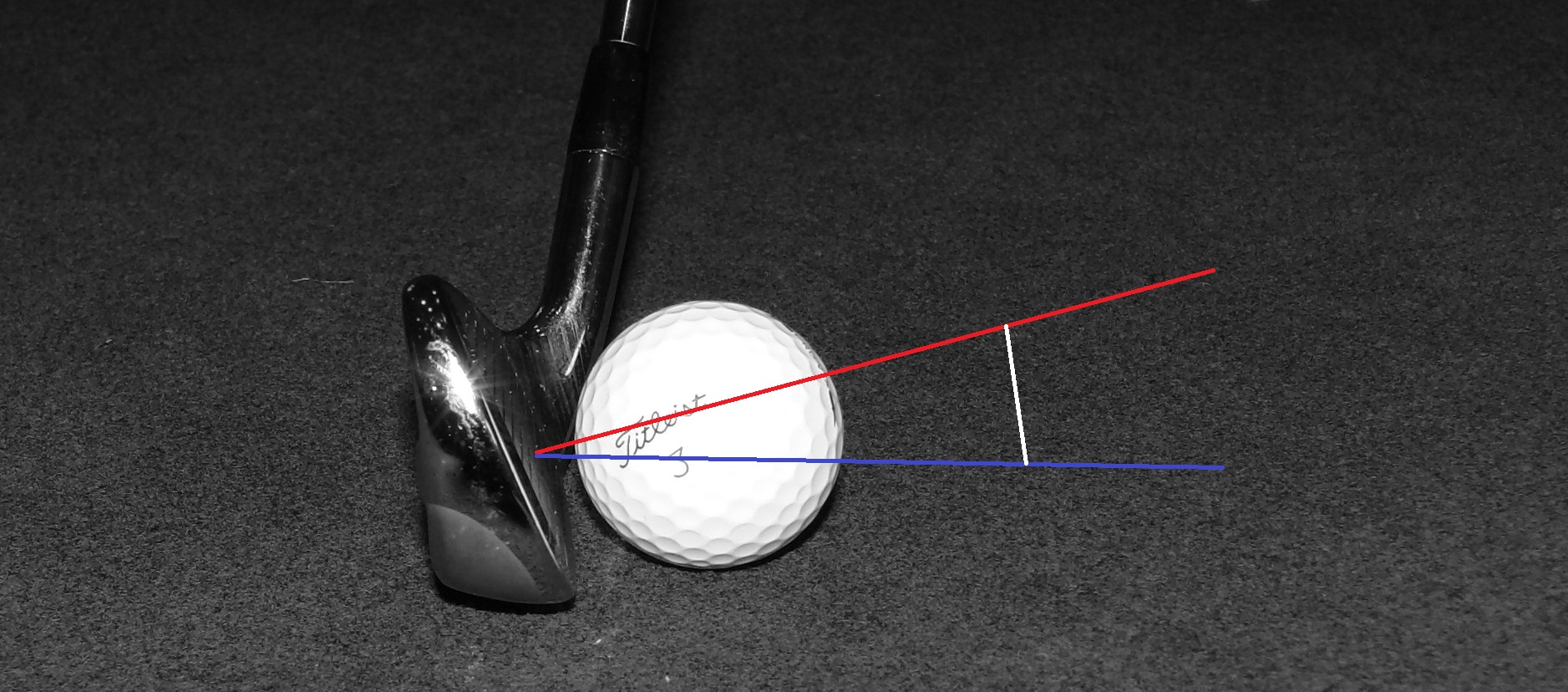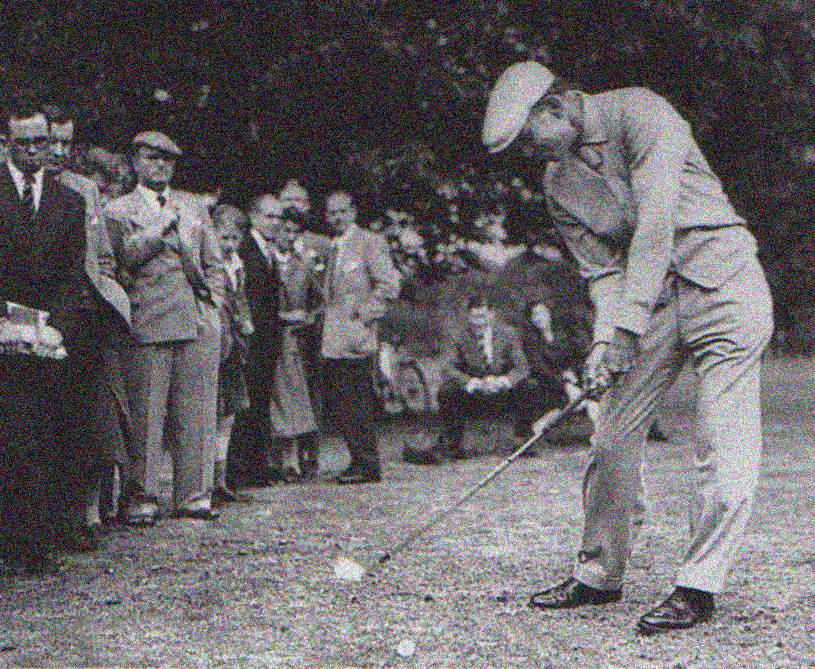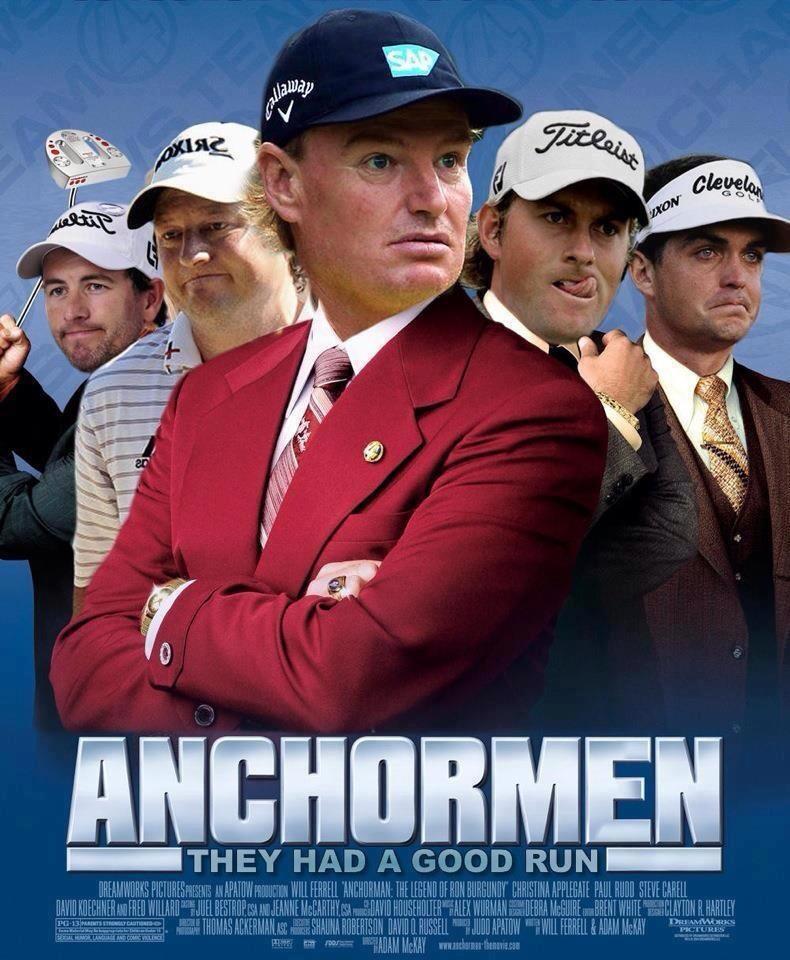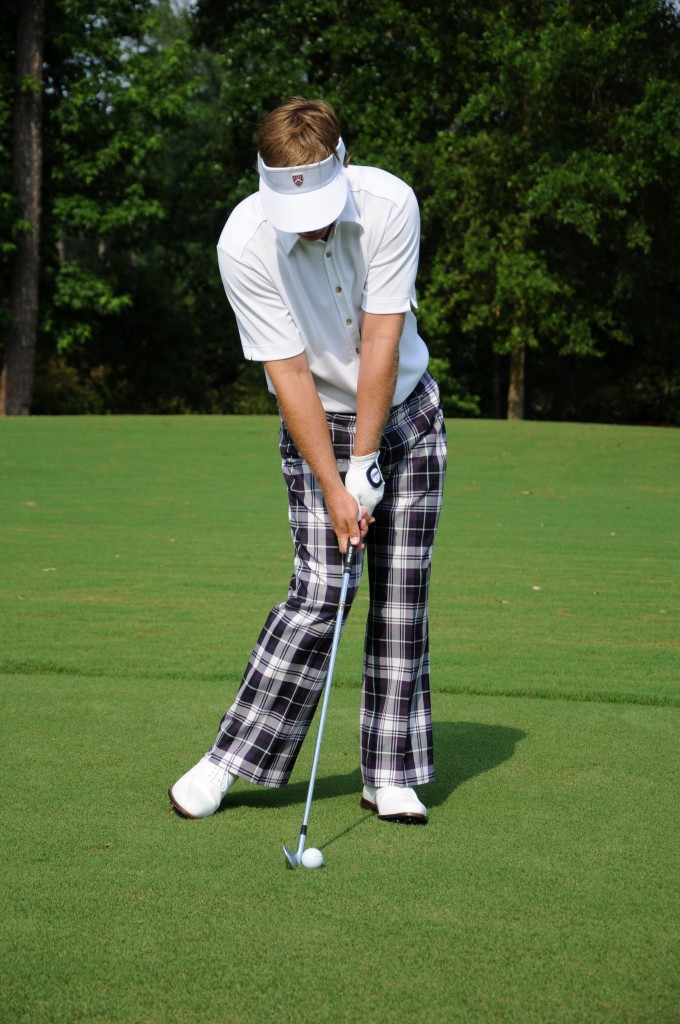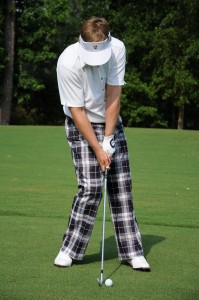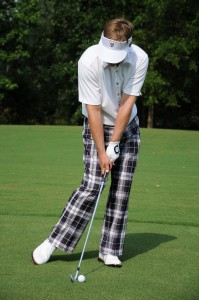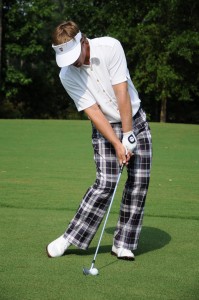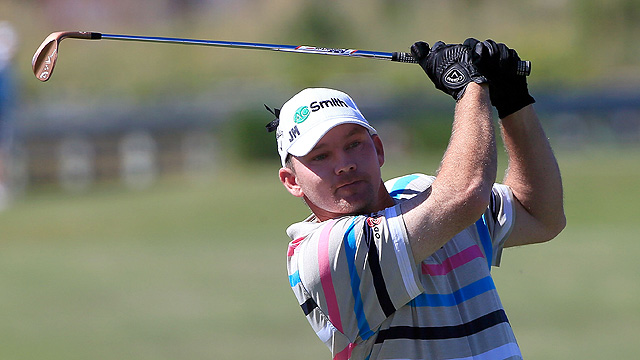Strike Point Drill
/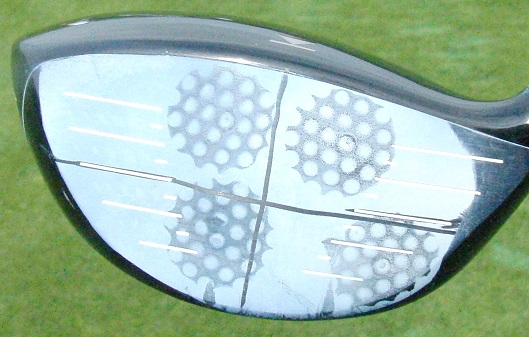 I have had so many people ask me how to better control where they strike the ball on the face that I had to share this drill. Most golfers display a consistent pattern when striking the golf ball and although the impacts points may not be in the exact same position, after hitting a handful of shots a definite pattern will start to emerge. Many golfers want to hit draws and a slight toe side bias to that strike pattern will encourage draws. The ideal strike point with the driver is above and outside of center. Here's how to build your strike point awareness and ultimately improve your ability to hit it on the good part of the face.
I have had so many people ask me how to better control where they strike the ball on the face that I had to share this drill. Most golfers display a consistent pattern when striking the golf ball and although the impacts points may not be in the exact same position, after hitting a handful of shots a definite pattern will start to emerge. Many golfers want to hit draws and a slight toe side bias to that strike pattern will encourage draws. The ideal strike point with the driver is above and outside of center. Here's how to build your strike point awareness and ultimately improve your ability to hit it on the good part of the face.
I spray the clubface with Dr. Scholl's Odor X foot spray and then divide the clubface into four quadrants. The objective is to place the center of the ball in each intended quadrant.
- The frist shot should be the high toe strike
- Followed by the low heel
- Then the more difficult shots, the low toe
- And the high heel.
The above photo is the first time I have ever seen anyone complete this drill on the first try. The more I learn about the importance of impact location, the better I feel about this quote from my Twitter feed:
I see a higher correlation between quality shots and where the ball is hit on the face, than just about any other factor in the swing.
You may ask why don't we just practice hitting the shot on the intended location? As my friend and fellow coach Chris Como once shared:
Repeatability does not necessarily come from just trying to be more repeatable. Learn to solve similar 'problems' a variety of ways...
In other words - learning to hit the ball in a variety of locations on the face will actually make you better at hitting it in the desired location. If you can learn to better (you'll never be perfect!) control where you impact the ball on the clubface you will dramatically improve the consistency and quality of your shots. Give it a try and feel free to share your experience and photos.
Any idea which shot went the longest out of the four? Read the link below for the answer...
Optimal Strike Point for Longer Drives | Andrew Rice Golf


